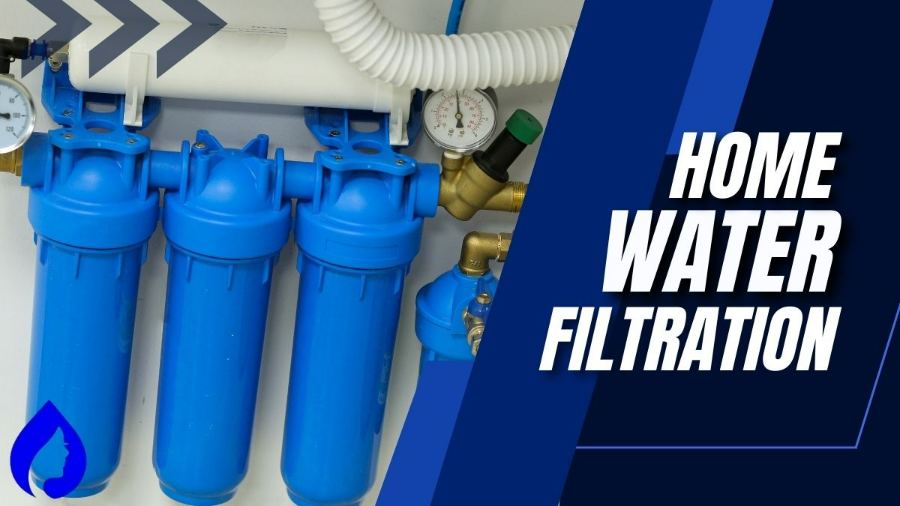
Do you think tap water in the US is safe to drink? Think again!
According to the Centers for Disease Control and Prevention (CDC), over 2,500 instances of Cryptosporidiosis, over 18,000 cases of Giardiasis, and over 6,000 cases of Legionnaires’ disease were recorded in the United States in 2019.
Seniors, infants, toddlers, and pregnant women are at the highest risk. So, what’s the solution?
Home Water filtration. But without proper knowledge of different filtration methods, you’ll be unable to pick the right system for your home.
And that’s why we are here with this massive guide. So, let’s dive right in!
What Are The Modern Methods Of Home Water Purification?
| Filtration methods | How it works | Pros | Cons | Cost estimates (in $) |
| Sediment filtration | Water filtration through a filter media. | Efficient Low-maintenance Cost-effective | Clogging, Limited flow rate | $50-200 |
| Carbon filtration | Using activated carbon | Versatile Easy to install | Finite lifespan, disperse tiny carbon fines | $50 to $150 |
| Activated Alumina | Using activated alumina | Versatile, Durable, and stable | Costly than other | $20 to $30 |
| Aeration | Introducing air in water | Cost-effective, environment-friendly | Less energy-efficient, less effective sometimes | $50-$300 |
| Oxidizing Media | Using mediums like Hydrogen peroxide, and chlorine | Lasts long, low-maintenance | Release undesirable contaminants | $50-$500 |
| KDF | Using a mixture of copper and zinc | Long lifespan, compatible with other filters | Expensive, difficult to maintain | $30 to over $200. |
| Potassium Permanganate | Using KMnO4 | Enhance flavor and appearance. | Leaves skin discolored, leaves purple residue | $10- $20 |
Also Read: What’s The Difference Between Water Filter And Water Softener?
Sediment Filtration

Sediment filters are frequently used as a pre-treatment step in-home water purification systems. They effectively remove large particles before the water is treated with reverse osmosis or activated carbon filtration.
A Sediment pre-filter can be made of polypropylene or cellulose and come in various forms, such as filter cartridge, bags, and pleated elements.
The benefits of sediment filtration include:
Some cons of sediment filtration include:
Price Range:
Pricing can vary from $50 to $200 for a small, point-of-use system for a single faucet or shower head. Prices for a house water filtration system typically fall between $800 and $2,000.
Additional features, such as automatic backwashing and the need for professional installation, can all add to the price of a filtration system.
Carbon Filtration
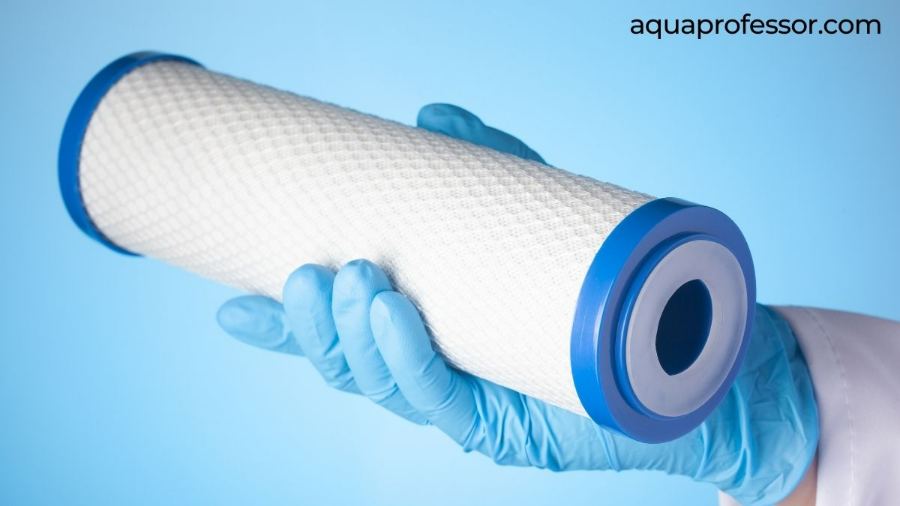
A Carbon filter can eliminate chlorine, filter bacteria, chloramines, volatile organic compounds A (VOCs), and pesticides. It uses an activated carbon block filter to absorb and bind all harmful substances to get clean water.
The pros of carbon filtration include the following:
Carbon filtration’s downsides:
Price Range:
Carbon filtration costs can change based on the filtration system’s tank size, filter capacity, the type of carbon used, and the filtered fluid. Carbon filters can cost from $20 to $50, while POS filtration systems can cost from $300-$1000, depending on their capacity.
Activated Alumina
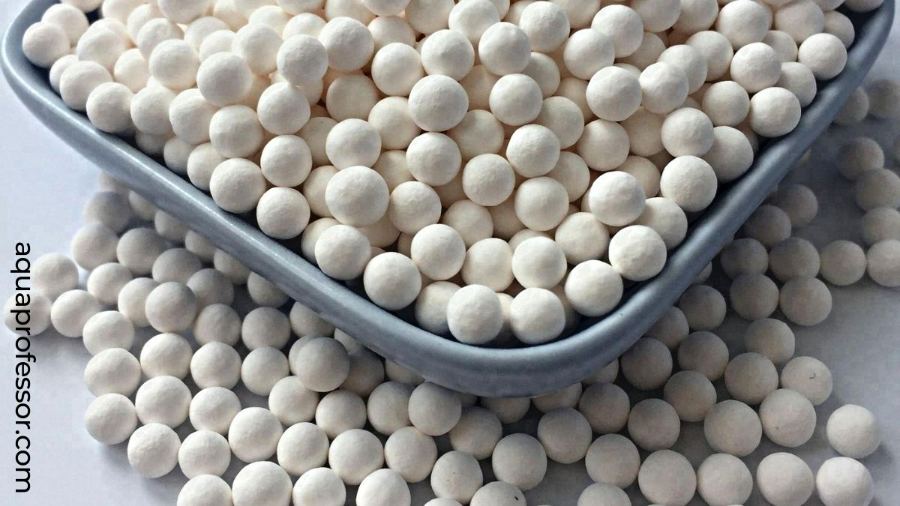
When water is filtered using activated alumina, it first runs through a bed of tiny beads. Fluoride, arsenic, heavy metals, and radioactive materials are all adsorbed onto the surface of the beads as water flows through the bead bed, giving customers healthy water.
Pros:
Cons:
Price Range:
The price of an activated alumina water filter may range from $20 to $30 for small shower filters to $100 or more for a whole-house water filter.
Aeration
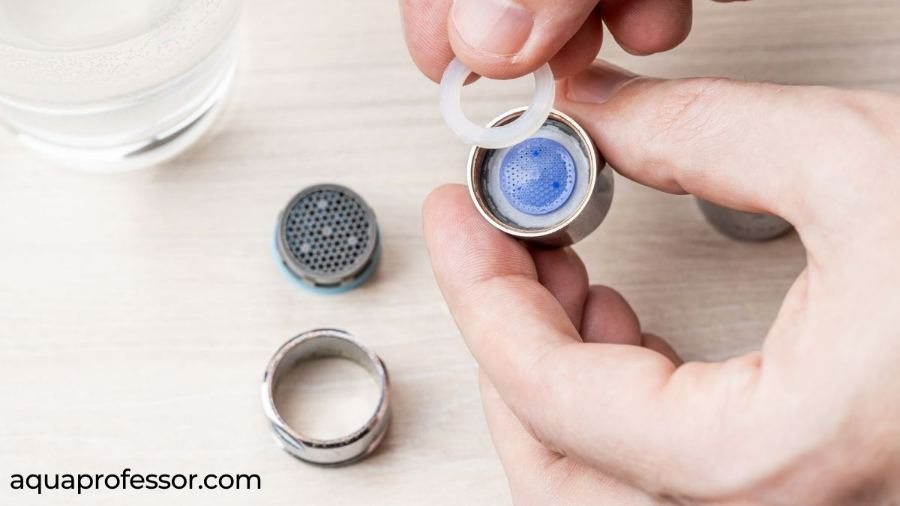
Air is introduced into the water during the aeration process to boost dissolved oxygen concentration. This method filters out harmful gases like carbon dioxide and hydrogen sulfide while simultaneously encouraging the development of microbes that helps to degrade contaminants.
Pros:
Cons:
Price Range:
A basic aeration home water filter can cost anywhere from $50 to $300. More advanced or higher-capacity models can cost significantly more. The most basic aeration house water filter system can cost anywhere from $1,500 to $10,000.
Oxidizing Media
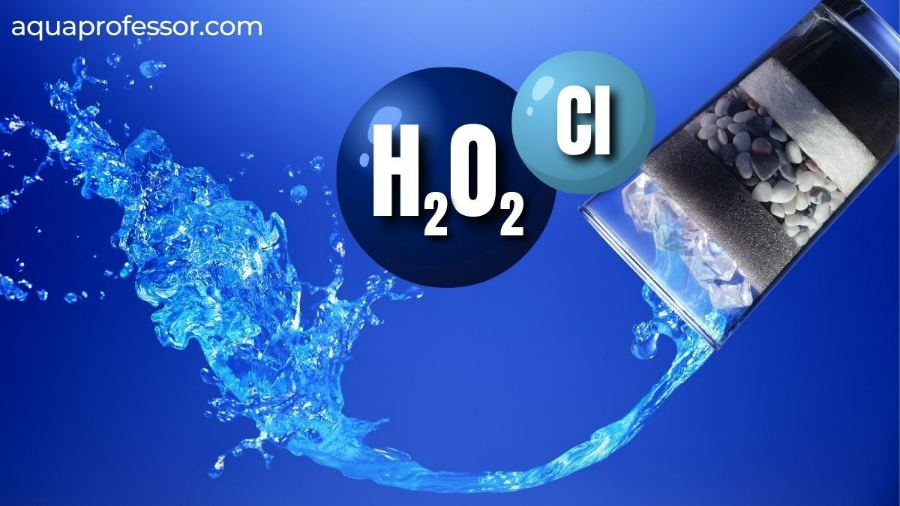
The most common oxidizing media include hydrogen peroxide and chlorine which are introduced to the filter in the form of a granular material. When water flows through a filter, contaminants are oxidized upon contact with the medium and filtered out, giving us cleaner water.
There are many benefits to using an oxidizing medium water filter, including the following:
The disadvantages are:
Price Range:
On average, these filters can cost anywhere from $50 to $500 or more. Bigger and more advanced oxidizing media whole-house filtration systems may cost upwards of $10,000 on average.
KDF
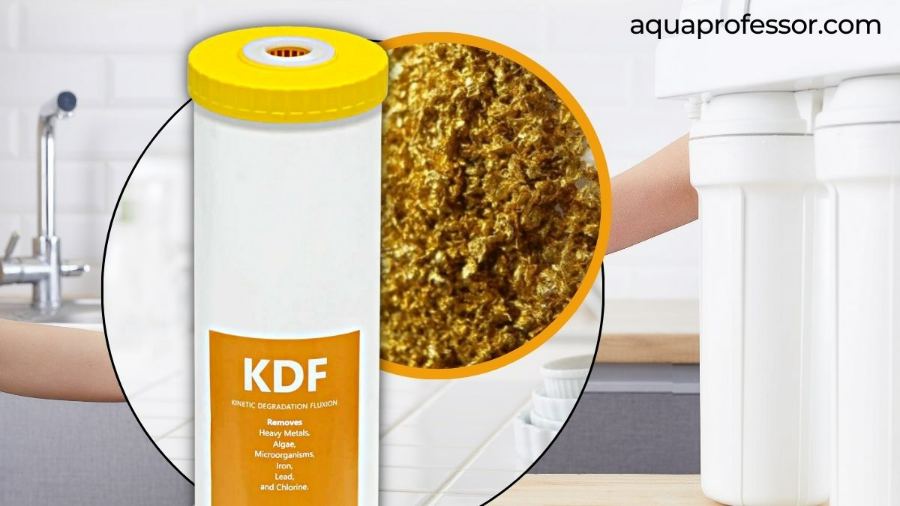
Kinetic Degradation Fluxion (KDF) is used to purify water by mixing copper and zinc. The electrochemical interaction between the metals and the water contaminants makes the procedure effective at removing the impurities and oxidizing the metals.
KDF filtration is often used in water filters and purifiers because of its efficiency in removing contaminants such as heavy metals, chlorine, organic pollutants, and microorganisms.
There are a few benefits and drawbacks of using KDF (Kinetic Degradation Fluxion) water filters:
Pros:
Cons:
Price Range:
KDF water filters range in price from about $30 to over $200. While a KDF shower head filter can cost $30, a whole-house KDF filter can be priced at $800 or more.
Potassium Permanganate
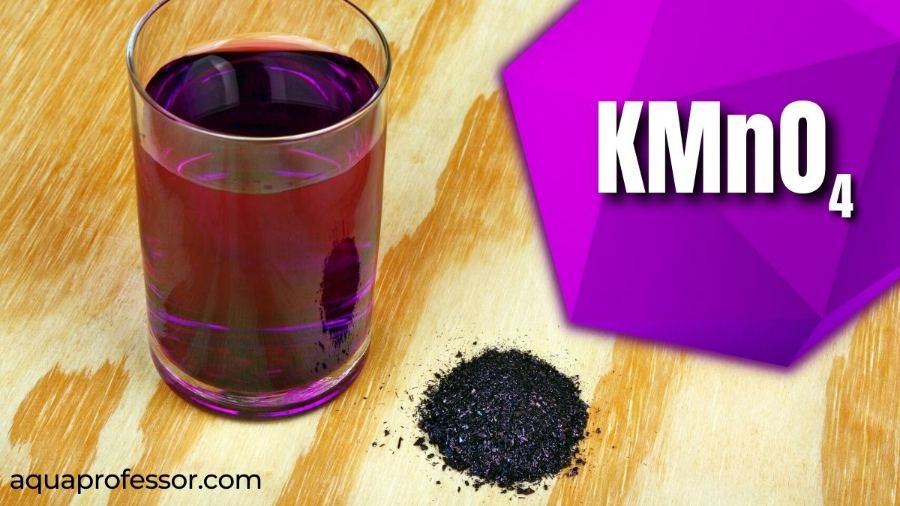
The chemical compound potassium permanganate (KMnO4) disinfects water by killing bacteria, viruses, and other microbes. Because of the chemical’s oxidizing properties, microbes are destroyed and can no longer multiply, and the chlorine and iron in the water are rendered harmless.
Pros:
Cons:
Price Range:
The price of potassium permanganate might vary from a few cents to a few dollars per pound, depending on the vendor and the order’s total weight. In addition, equipment, human resources, and monitoring costs will differ based on your application.
DIY Method: Boiling Water
Water purification by boiling involves heating the water to its boiling point, which is usually approximately 100 degrees Celsius (212 degrees Fahrenheit), to destroy any microbes or bacteria that may be present.
This approach removes most pathogens, including protozoa, bacteria, viruses, and certain cysts. In addition, it is a simple and affordable technique to get water for drinking.
Still, it does not successfully eliminate dissolved compounds or heavy metals or enhance the water’s flavor or odor.
More Guides
How Do I Choose a Water Filter for My Home?
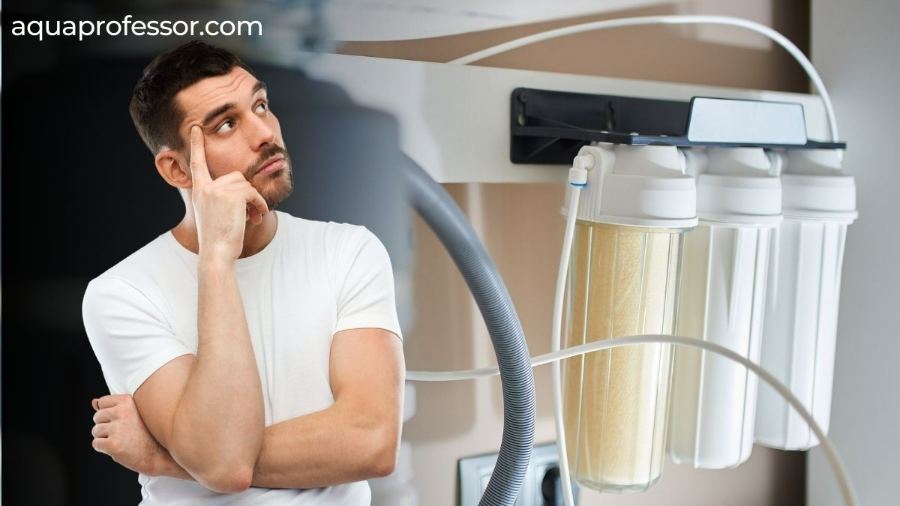
Test Your Home Water Supply
Determine what specific contaminants are present in your water, such as lead, chlorine, or bacteria, and choose a filter specifically designed to remove those contaminants.
Local health agencies often do water testing themselves or might provide recommendations for reliable labs.
You may also buy a home test kit to check for various pollutants in your water supply. You can get these kits at any hardware or home improvement shop.
Find Your Water Filter Type as per Your Needs
Several water filters are available, including activated carbon filters, reverse osmosis, and ultraviolet filters. Each type of filter removes different contaminants. So choose one or a combination that addresses the specific contaminants in your water.
Certification

Reputable organizations like NSF International (NSF) and the Water Quality Association (WQA) examine manufacturers’ claims on contaminant removal and issue certifications. Always check such credentials before buying any water filter to be double-sure.
Home Water Filtration FAQs
How many types of water filters are there?
There are several types of water filters, including activated carbon filters, reverse osmosis filters, ultraviolet (UV) filters, ceramic filters, and multi-stage filters. Each type of filter uses a different method to remove impurities from water.
What should I look for in a home water filtration system?
The type of filter best for a particular application depends on the specific contaminants that need to be removed from the water. Always check if the filter you buy is designed to eliminate the harmful chemicals in your water.
Other factors you should check include the following:
1. Water filtration capacity [can it satisfy all my home water needs (for whole-house) or at a specific point-of-use like the bathroom kitchen?]
2. Water flow rate
3. Ease of installation & maintenance
Is a whole house water filtration system worth it?
It depends on the quality of your municipal water supply. POU water filters will do your job if your households water only has aesthetic impurities like excess chlorine. But if your water has dangerous levels of heavy metals and microbes, better install whole house filters as they’ll offer a complete solution for all water needs-cooking, laundry, bathing, and drinking.
Mind you, whole house water filters require significant investment, so consider all factors before buying one.
What is the cheapest way to purify water?
One of the cheapest water purification methods is boiling. It’s not complicated; you can fill your water in a kettle and boil it for atleast one minute to remove all bacteria and impurities. Then, let it cool down before drinking it.
Other inexpensive methods include water purification tablets, fruit peels, or DIY sediment filters.
Is filtered water better than bottled water?
No. Bottled water is simply treated water packed in plastic bottles. They can contain microplastics and are unjustly expensive. Installing a water filter will be much cheaper than packaged water in the long run. In addition to this, it’s safer and purer.

Naina has a profound understanding of how water quality affects our overall well-being. Her expertise is a guiding light for those seeking to live a healthy life. Besides raising awareness, her write-ups provide practical advice on identifying and mitigating water-related issues.
